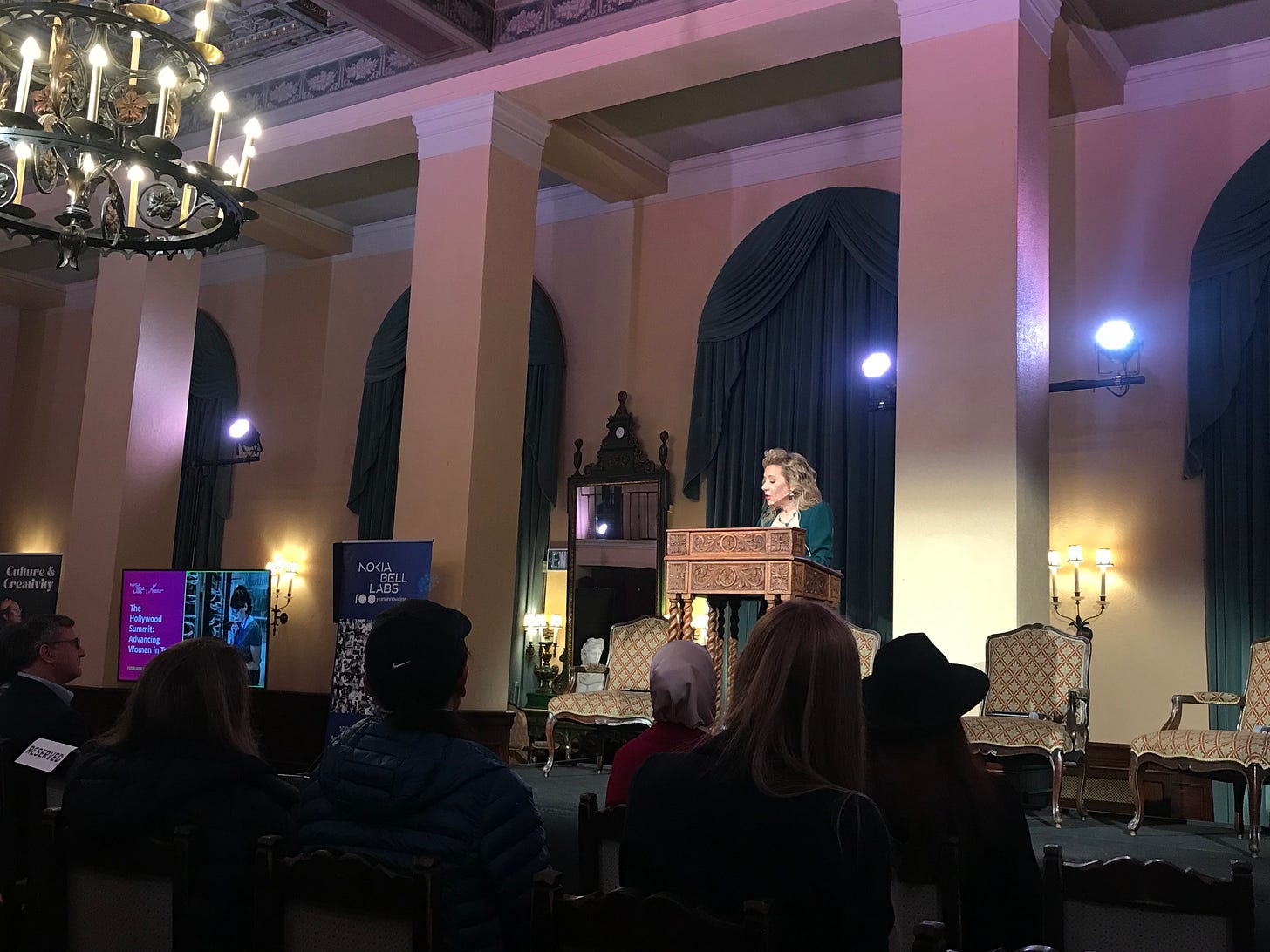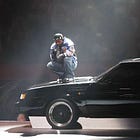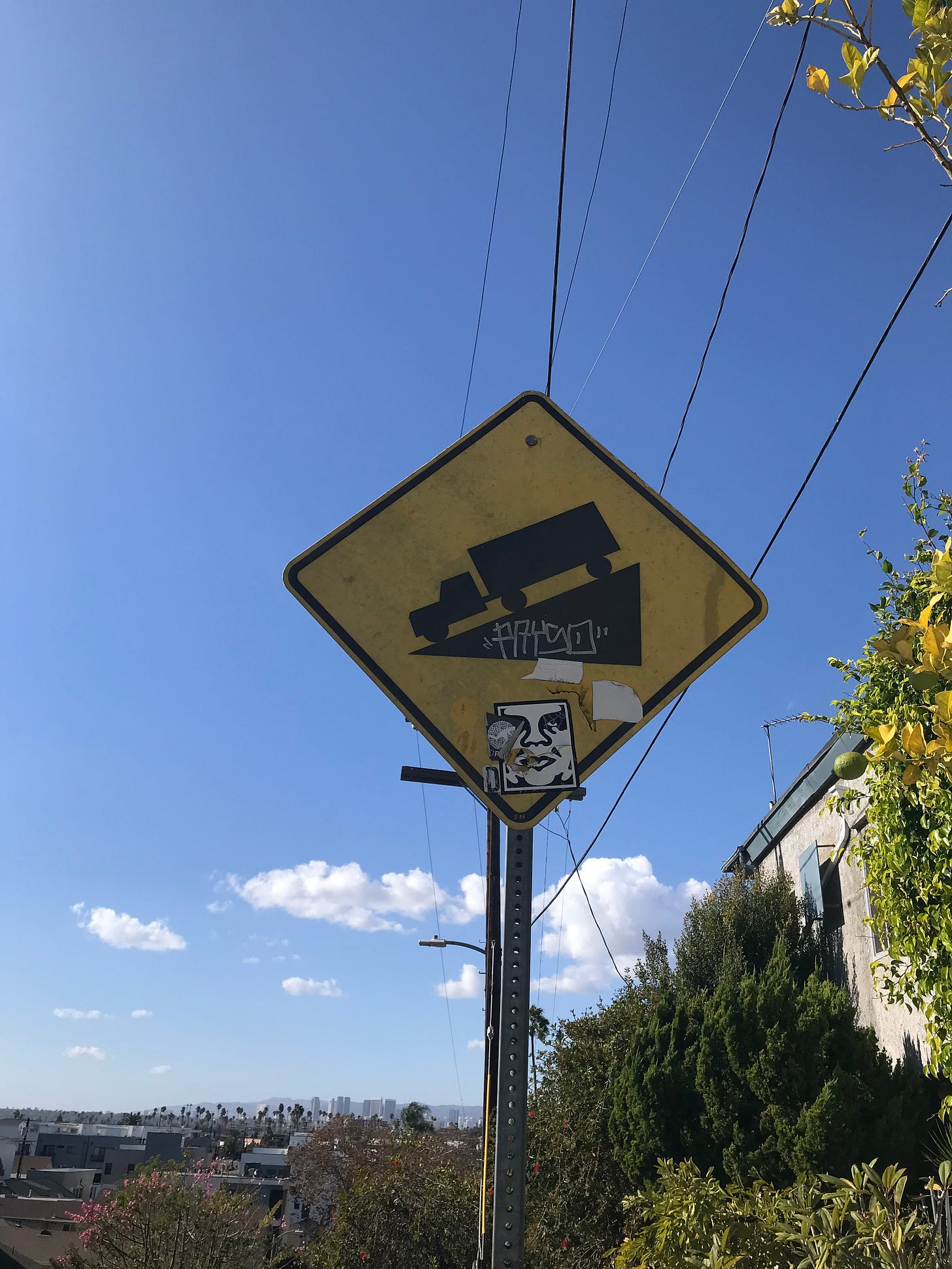Left Lane Must Signal
A guide for meaningful abstractions.
Route 24 is your civic education stop for stories driving public trust.
Scenic Route parks in your inbox on Fridays to merge the lanes of immersive storytelling and politics and help you find a better view.
Here’s how a Route 24 subscription helps you explore your blindspots. You get:
A safe zone to explore what’s driving the issues behind the latest headlines.
Immersive stories that test drive people-powered solutions.
Interdisciplinary insights that shift your gears on key policy debates.
An innovative vehicle to accelerate pathways for community restoration.
Paid subscriptions to Route 24 help us to reach our Q1 fundraising goal of $25,000, which supports building the creative team and a playable prototype for Probable Cause, our civic education gaming experience that puts you in the driver’s seat during a routine traffic stop. It also helps to keep this newsletter accessible to all of our riders.
We welcome one-time contributions or monthly subscriptions to help us sustain and advance this project. Thank you for joining us on this road!
Want to read more from Route 24? Join us on Notes and Bluesky.
abstraction (noun): an idea that develops by looking at or thinking about a number of different things.*
In this issue: How do readers’ brains differ? It all comes down to language. According to a recent phonetics study, a reader’s brain has remarkable structural characteristics, which affect language processing. Two regions in the left hemisphere of a reader’s brain exhibit noticeable differences: the left temporal pole, which processes meaningful information, and the Heschl’s gyrus, part of the upper temporal lobe that hosts the auditory cortex, which processes phonological awareness — how letters and speech sounds are paired.
Readers exhibit a larger brain area, specifically the anterior part of the temporal lobe, and thicker Heschl’s gyrus, which makes identifying connections between meaningful sources of information easier. It’s this differentiator that uniquely positions readers to make abstractions that assist with navigating complex issues. This improved ability to solve problems is also why there’s a concerted effort to control reading access, and more broadly, public education.
In this issue, I write about how movement is another language that offers meaningful abstraction and how certain tropes on screen must evolve.
Swing by some of Route 24’s latest reads:
In Motion
Color of Reality, created by Jon Boogz, Lil Buck, Alexa Meade, & Kalie Acheson in association with the Equal Justice Initiative, combines multiple artistic mediums — video art, painting, and movement — in meaningful abstraction. Exploring themes of racial injustice, American identity, and media sensationalism, two dancers (Boogz and Buck) layered in paint to give the visual illusion of a 2D painting (Meade) use video and movement art to articulate the emotional arcs of a viewer watching news cycles on police brutality. It’s an example of how collaborative, social justice art can reach new audiences by reimagining what’s possible within existing mediums.
Geena Davis Institute’s Hollywood Summit: Advancing Women in Tech is another avenue for reimagining what’s possible. I attended the summit last week and perhaps the topic most emphasized by leading women in STEM fields was how their roles are often realized on screen, following tropes that focus more on image than substance, or are otherwise inconsistent with their lived reality. It seems only rational to conclude that writers should actively consult with women working in STEM to help motivate more authentic characterization.
In her latest post for Gloria's Foundation, Gloria Steinem honors the legacy of Detroit City Councilwoman and UAW labor activist, Erma Henderson. Erma Henderson had the exceptional ability to build across movements. To honor that commitment, I’ll end this section with a future-forward sentiment: the more willing and able we are to create meaningful abstraction in our messaging, the better equipped we will be for a more equitable future.

Looking for ways to collaborate with Route 24? We welcome guest post inquiries. For more information, reach out to me: route24@substack.com.
Rest Stop
Arcade Alley
Arcade Alley gives readers a behind-the-scenes look at some of the gaming features and design approaches that have informed our creative process on Probable Cause.
Part of my process on Probable Cause has been to watch crime procedurals to decipher what makes the format so popular. I can confirm that Shemar Moore is part of the reason I’ve been watching S.W.A.T., but that’s beside the point.
In the pilot episode, Hondo (Moore) is promoted to team lead to ease community escalation following a wrongful shooting incident. Hondo’s perspective examines the good cop/bad cop trope and gives viewers a glimpse at the duality of duty as he’s forced to make tough calls between serving the community he was raised in and his loyalty to his S.W.A.T. team. In Probable Cause, duality of duty is explored through game mechanics, such as dialogue simulation, role-play interactions, and deductions for incorrect responses.
Tread Lightly
Tread Lightly gives Route 24 readers a comedy pit stop.
See a road sign that makes you laugh or meets the moment? Send it my way using Tread Lightly in the subject line for inclusion in a future issue: route24@substack.com.
As always, thank you for coming along for the ride!
Stay the course,
Sam










